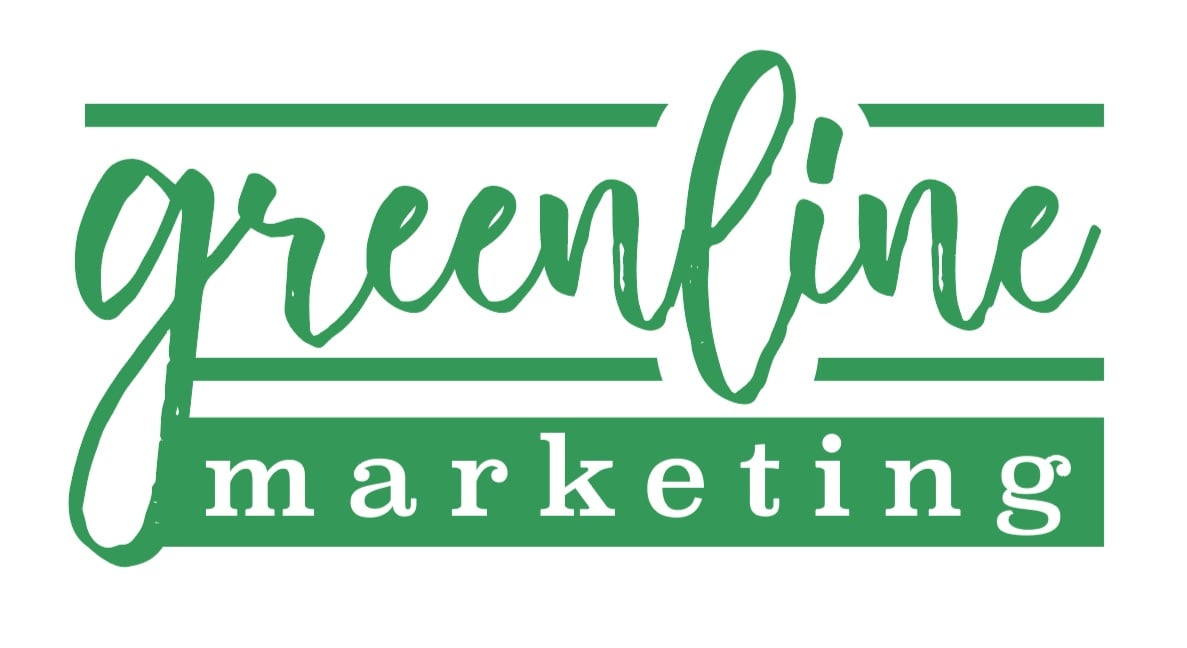In 1960, E. Jerome McCarthy dropped the marketing mic with the 4 P's: product, promotion, placement, and price. It quickly became the rockstar framework taught in Marketing 101 classes, guiding marketers toward strategy success. But, hold the drumroll, the digital era crashed the party, flipping the script on the classic model. Here’s your cue to jazz up your approach to the infamous 4 P’s.
Redefining "Product" in the Digital Marketing Era
Whether in the digital or physical arena, products are more than just what you are selling. In the 4 P’s of marketing, the product encompasses all of the unique twists that make your offerings stand out. Products are ditching traditional catwalks for a digital runway, calling for a new approach to build and nurture leads. Online platforms are more than just channels; they're reshaping how products make their grand entrance into society and pop culture.
We’ve witnessed the birth of a new generation of cyber celeb products from iTunes Beats, Kindle eBooks, and endless Apple and Google Play apps, and the most recent take-off of selling digital products. The introduction of digital products drastically changed the avenues marketers take, demanding a splash of creativity in their strategies.
Spotify’s platform is a front-runner when it comes to successfully framing digital products. By leveraging its extensive data on user listening habits to curate playlists and recommend new music to users, Spotify offers a personalized product experience. Other big names like Airbnb, Meta, Netflix, and Starbucks are all champions of creating stellar digital product experiences, whether they sell tangible products or not. If you want to expand your product offerings and reach a wider audience, focus on optimizing your digital experience across platforms to provide a better user experience and leave your audience starry-eyed.
The Evolution of Marketing "Promotion" on Digital
In the past 20 years, we’ve experienced a drastic shift from more than just the product lens of marketing. Promotion has always been a crucial component of marketing strategies, and it remains so in the digital era. However, the shift from traditional marketing (TV ads, billboards, and print ads) to digital channels (search engines, social media, and websites) has revolutionized how promotion is executed.
Promotion is how you spread the word about your products and turn an interested audience into loyal clients. Your promotion strategy involves everything from ads to public relations. Even if you have an amazing product, it will only make it big with a solid promo plan. Today, digital channels let companies target specific demographics, follow what users do, and use data to make content better apt for the audience base. For example, on Instagram, businesses can pay for sponsored posts in users' feeds based on their hobbies and interests.
A great example of successful digital promotion is illustrated by Glossier, the avant-garde beauty brand. Unlike traditional beauty marketing, the company fearlessly breaks free from the constraints of traditional beauty marketing. What sets Glossier apart is its ability to showcase makeup and beauty products in authentic, everyday settings—an intentional shift away from stylized approaches. Through the integration of user-generated content (UGC) and the inclusion of everyday stories, Glossier breathes authenticity into its campaigns. Even the roots of this company stem back to a stellar digital promotion strategy. Glossier’s narrative of success finds its roots in the visionary journey of Emily Weiss, who transformed the beauty blog "Into the Gloss" (ITG) into a $1.2 billion brand in 2010 alone. ITG, initially a beauty blog, evolved into a cultural phenomenon by profiling the beauty regimens of celebrities like Kim Kardashian, Victoria Beckham, and Gwyneth Paltrow in a personal manner. Glossier is not just a brand but a cultural force that defies conventional norms, blending authenticity and authority to give readers the inside scoop into makeup and skincare. This highlights the influence of digital promotion, where a blog becomes a billion-dollar brand by resonating with the genuine desires and preferences of its audience.
Placing Your Product in the Online World
Placement involves the channels or locations where you offer your products and services. Traditionally, it meant where a product sits on physical store shelves. However, in the digital age, placement is about how visible a product is online. By strategically positioning your products across various channels beyond your website—think online marketplaces, social media, and niche platforms—you're amplifying your visibility.
Platforms like Instagram, Facebook, TikTok, and Pinterest are stages where your products perform, engaging with a diverse audience and creating a lasting impression. From compelling content to keywords and backlinks, every element of your SEO strategy contributes to your online visibility. With a successful SEO strategy, your products won't just be seen; they'll be in the spotlight on search engine results pages (SERPs). Implementing multi-channel placement and a stellar user experience strategy transforms curious leads into loyal supporters.
As reported by The New York Times, Zillow, the property listing website, has achieved buzzworthy status by seamlessly integrating itself into movies and TV shows. For instance, in the Netflix series "Never Have I Ever," a character casually mentions, "I Zillowed his house. Do you want to know what his Zestimate was?" These exclusive terms are casually used as everyday language, establishing the Zillow brand as synonymous with exploring real estate listings, thereby elevating Zillow's brand reputation.
The Digital Pricing Revolution
Setting the right price is more than covering costs and maintaining a healthy profit margin. Your pricing sends a message about how valuable and high-quality your offering is. Consider Aldi, the champion of affordable groceries. Their focus on private-label items allows for budget-friendly prices. While they may not flaunt the fanciest gourmet aisle in town or have a great digital presence, their strategy of smaller format stores and a 25-cent cart fee allows them to keep prices low. On the flip side, Dior embraces the fancier side of life, commanding higher prices for their luxurious offerings. Their target demographic values the status symbol associated with these products, showcasing a loyalty-based relationship that justifies premium pricing. If you're catering to different crowds, you'll have to play matchmaker with your prices, tailoring them to each group you're serving. It's like having a pricing strategy for each type of customer you've got your eye on.
The traditional pricing playbook underwent major changes with the emergence of e-commerce. Dynamic pricing is a game-changer for pricing strategies, letting businesses flex their prices based on shifts in demand, competition, and other behind-the-scenes moves. Take airlines and hotels, for instance—they've mastered dynamic pricing, adjusting their rates according to the ebb and flow of supply and demand.
Digital marketplaces like Amazon and social commerce platforms, serve as the global arena for businesses. Here, businesses can set their prices and compete on a worldwide stage. Businesses are not just riding the dynamic pricing rollercoaster; they're also intuitively tapping into the power of data analytics and tools like Google Merchant Center's pricing comparison feature. It's like having a backstage pass to identify trends, fine-tune pricing strategies, and boost sales.
Adapting to the Digital Age
Every marketer knows about the OGs of modern marketing, product, place, promotion, and price. But, the digital era didn't just give the 4 Ps a facelift; it reinvented them. Products aren't just items anymore; they're interactive pieces of your brand’s story. Promotions aren't confined to billboards; they're breaking boundaries on digital platforms. Placement isn't just about store shelves; it's strategically knit across digital platforms. And pricing? Well, it's dynamically adjusting to analytics and market trends.
There's a golden rule in the digital jungle: evolve or risk getting lost in the wilderness. The secret? Continuous learning; an exhilarating expedition toward success. Keep your edge by staying informed about the latest digital marketing trends and harnessing the potential of digital channels. This way, you can reach and surpass your marketing goals, staying steps ahead of the competition.




